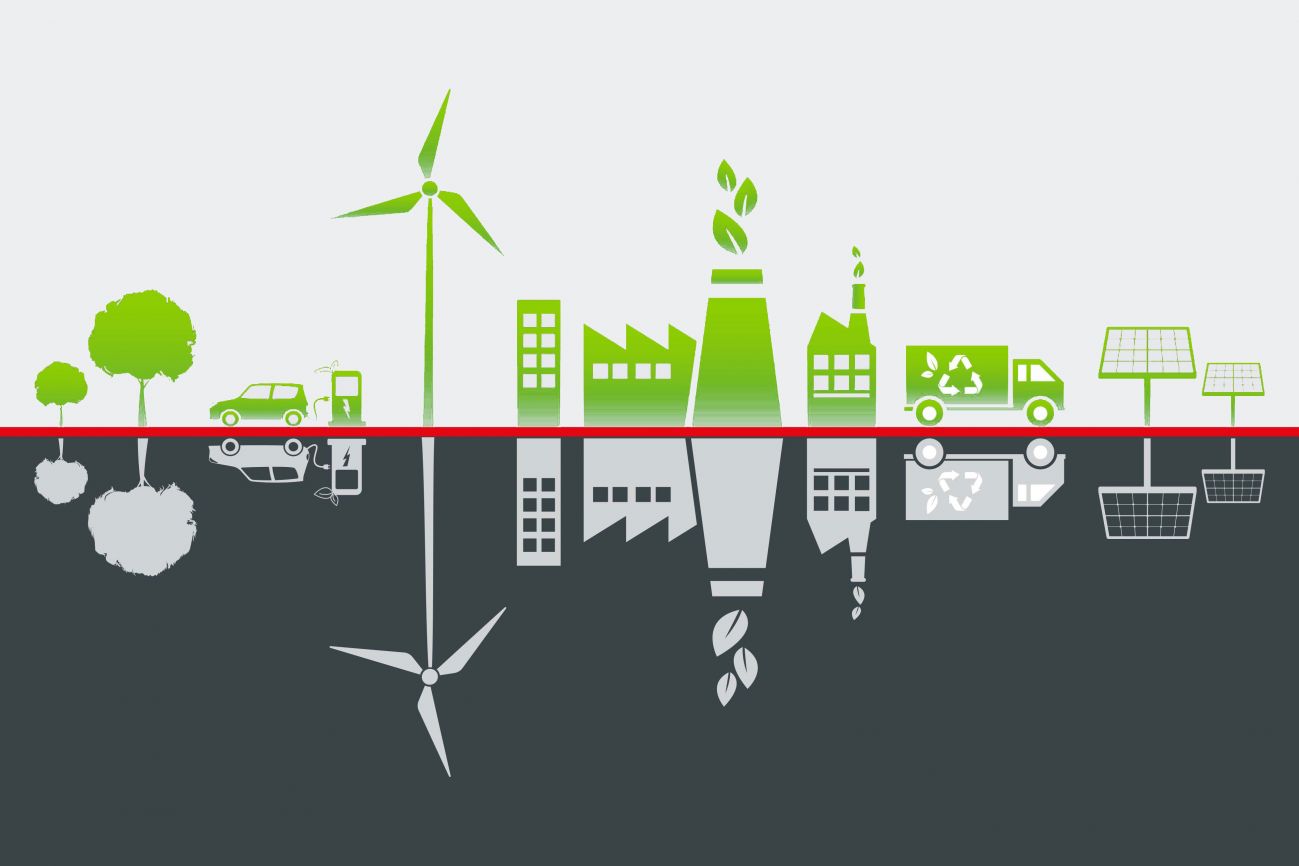UVP-G amendment 2022
08/26/2022
Author

The draft amendment to the Environmental Impact Assessment Act (UVP-G), which is open for consultation until mid-September, pursues several regulatory objectives. It is intended to increase procedural efficiency, accelerate procedures for energy transition projects, ensure conformity with EU law, take into account additional impact factors and protected interests, extend the obligation to conduct an EIA for certain types of projects and bring them into line with current case law.
Climate protection and soil consumption
In line with the requirement to limit pollutant immissions, pollutants, including greenhouse gases, must now be limited to the current state of technology.
The use of new areas and the sealing of soils must be kept to a minimum in accordance with the principle of proportionality.
Renewable energies
Wind turbines must be approved if the respective state has designated priority or suitability areas that are consistent with renewable expansion goals, even if the municipality's zoning designation is missing.
Energy transition projects may not be rejected solely on the basis of impairments to the landscape and are considered to be in the high public interest in the context of the overall weighing of interests when making approval decisions.
Extension and tightening of EIA offences
New environmental impact assessment criteria for projects subject to EIA are created for urban ropeways, construction projects in the core zone of UNESCO World Heritage Sites and for unimodal logistics centers, among others.
In addition, the threshold values and scope of some projects will be tightened. This applies, for example, to industrial and commercial parks, parking areas, ski resorts and urban development projects.
Process acceleration
In all procedures, objections can only be effectively raised with the EIA authority during the public display period. After public disclosure, reasonable time limits may be set for further submissions.
Approved EIA projects can be modified prior to their implementation by means of a mere notification procedure if technological advancements or immission-neutral modifications are involved.
Process efficiency
Compensation or replacement measures under nature conservation law can be submitted in concept form, although more specific details can only be provided after EIA approval.
With regard to digitalization, the possibility is created to hold oral hearings and hearings of evidence online using technical equipment for word and im-age transmission.
Author

